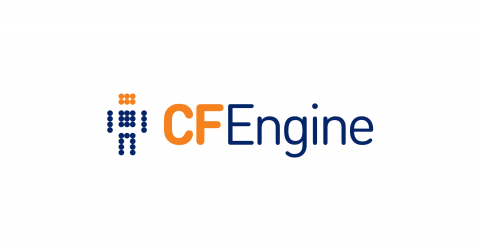Feature Friday #34: Self organizing groups with select_class
Did you know CFEngine can self-organize hosts into different groups? Say you have a few hosts that you want to reboot once a month. You don’t care when, but you want the hosts to self-organize and pick a date. The select_class attribute for classes type promises might be what you’re looking for. Let’s take a look.









